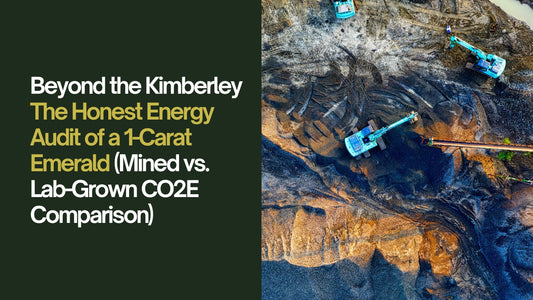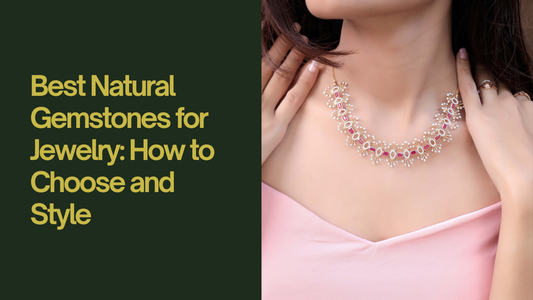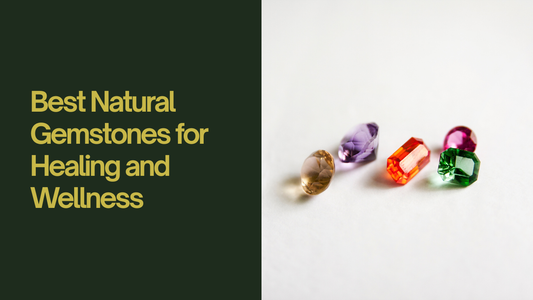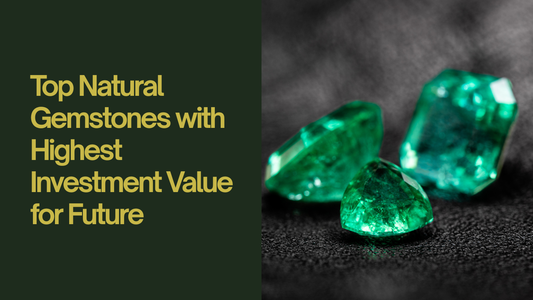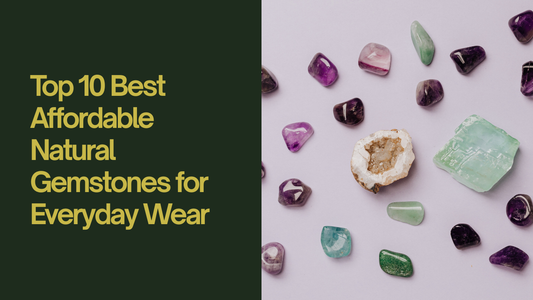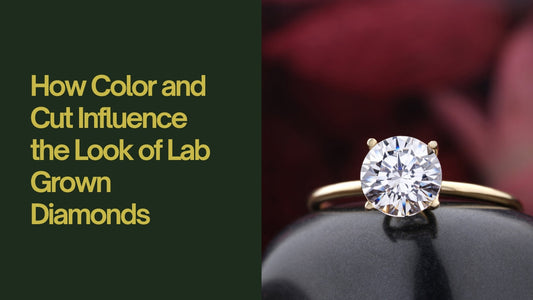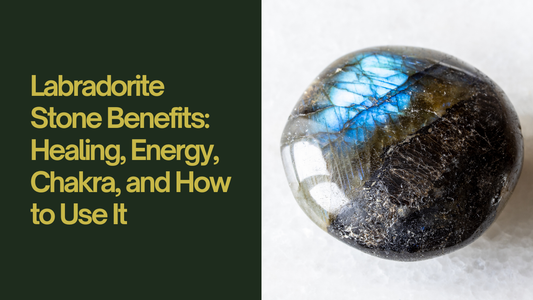
Why Tanzanite is Heated: The Secret Behind Its Deep Blue Color
Tanzanite stone is a beautiful gemstone that is only found in one place on Earth – Tanzania. This stone is famous for its deep blue and purple colors. Many people love Tanzanite because it looks magical and changes colors in different lights. But did you know that most Tanzanite is heated to get its bright blue color? Let’s find out why!
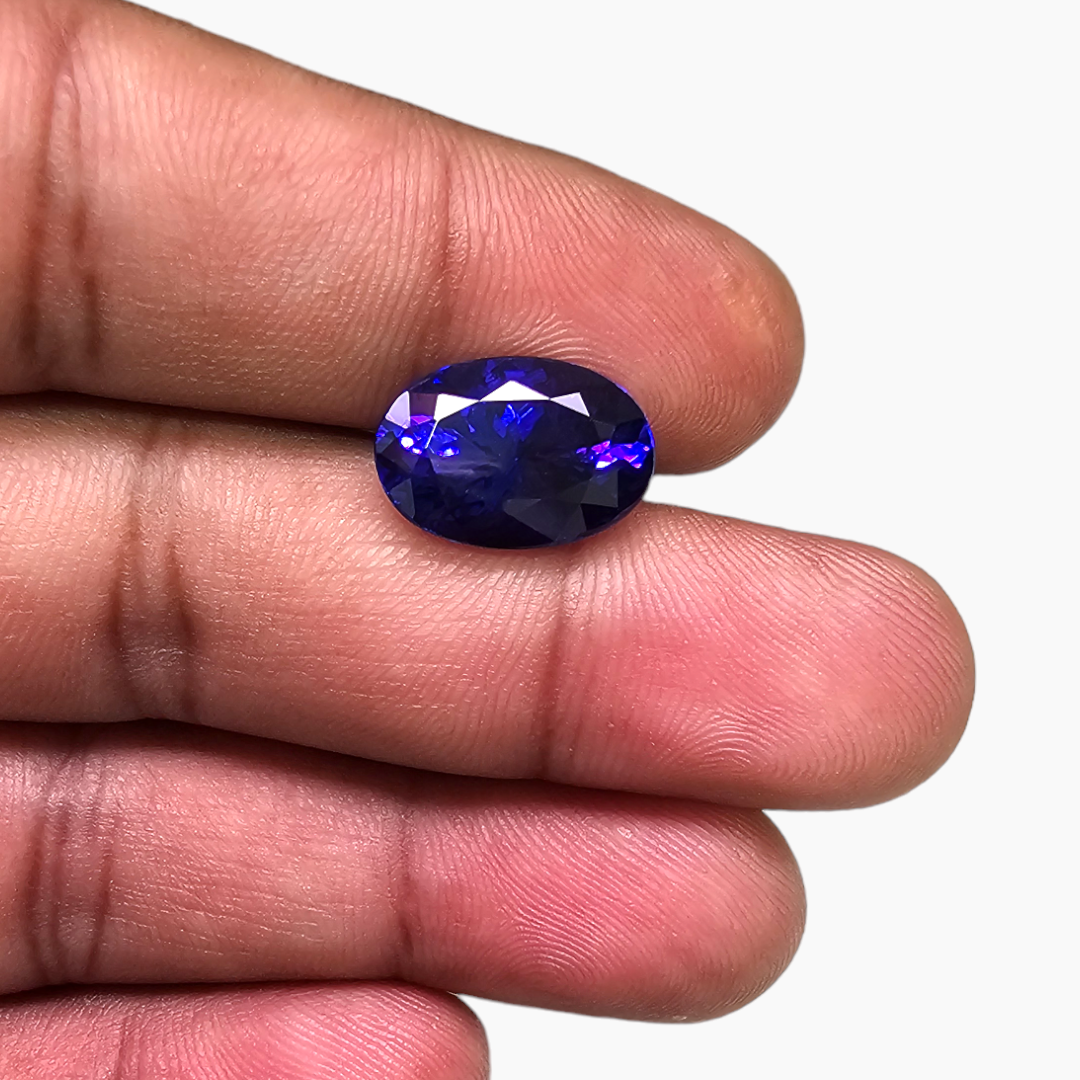
What is Heating?
Heating is a process where gemstones are placed in high heat to change or improve their color. This is done carefully so that the stone does not break or get damaged. Many gemstones are heated, but Tanzanite is one of the most commonly heated stones.
Why is Tanzanite Heated?
Most Tanzanite found in nature does not have a deep blue color. Instead, it looks brown or yellow. Heating removes these brown and yellow tones and makes the stone bright blue or violet. This is why almost all Tanzanite sold in jewelry stores has been heated. Without heating, the stone would not look as beautiful.
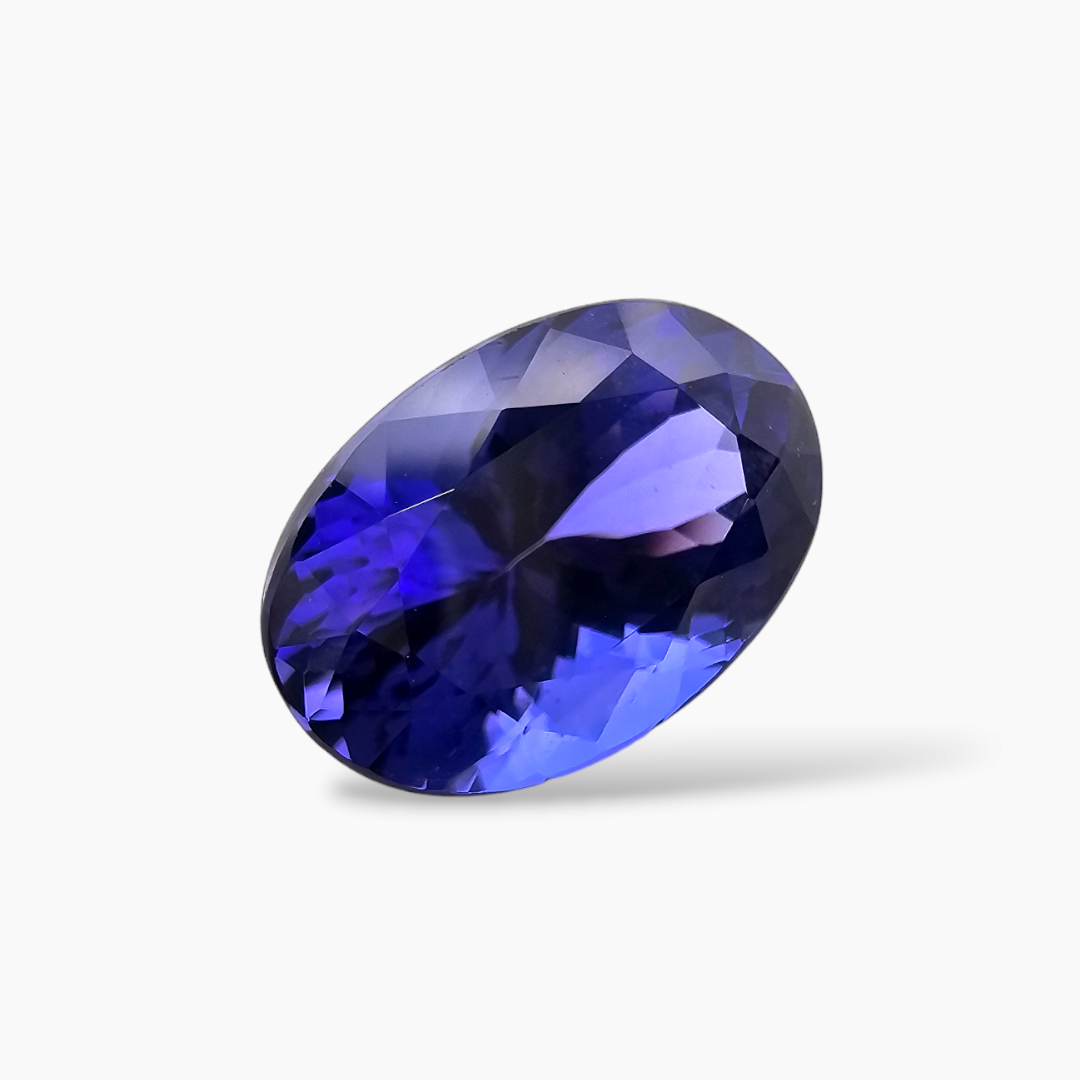
How is Tanzanite Heated?
The process of heating Tanzanite is simple but must be done carefully:
-
The stone is placed in a special oven.
-
It is heated to a high temperature (between 500 to 600 degrees Celsius).
-
The brown and yellow colors disappear.
-
The stone turns into a stunning deep blue or violet.
-
The heated stone is cooled down and checked for quality.
Is Heating Natural or Fake?
Many people think heating makes a gemstone fake, but this is not true. Heating is a natural way to bring out the best colors in a stone. Tanzanite is still a real and valuable gemstone, even after heating. In fact, 99% of Tanzanite on the market has been heated, and this is accepted in the gemstone industry.
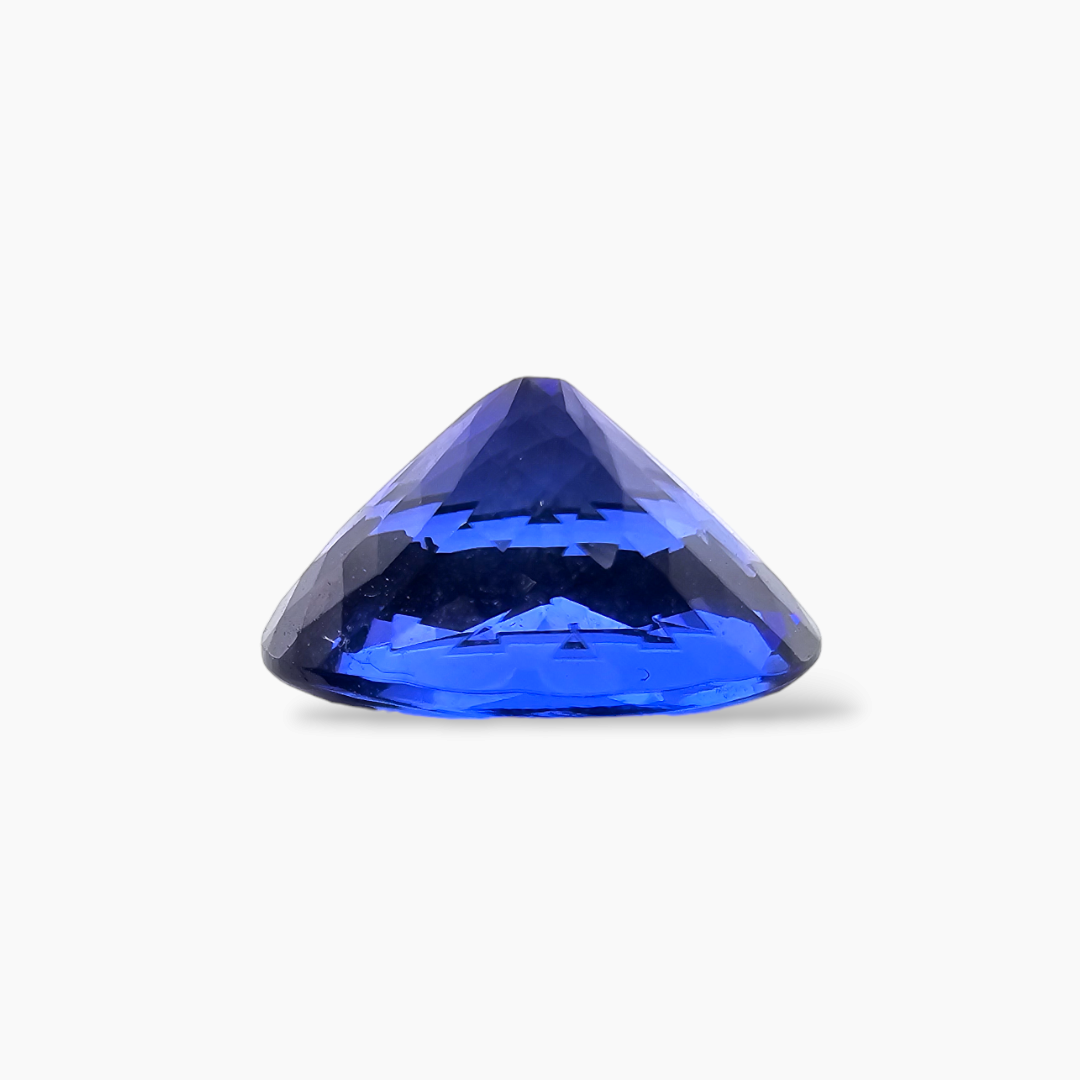
Does Heating Affect the Quality of Tanzanite?
No, heating does not harm the quality of the stone. It only changes the color. Tanzanite remains strong and valuable after heating. However, people should be careful not to expose Tanzanite to sudden temperature changes, as this can cause cracks.
Can Tanzanite Change Color Again After Heating?
No, once Tanzanite is heated, the color stays the same. The deep blue or violet color will not change over time unless the stone is exposed to strong heat again. This makes it a great choice for jewelry, as its beauty lasts forever.
Are There Natural Blue Tanzanites?
Yes, but they are very rare. Most Tanzanite found in the ground is brownish. Only a small number of Tanzanite stones have a natural deep blue color, making them very expensive and hard to find.
Does Heating Make Tanzanite Less Valuable?
No, heated Tanzanite is still highly valuable. Since almost all Tanzanite is heated, it is normal and accepted in the market. However, naturally blue Tanzanite (without heating) is extremely rare and can be more expensive.
How to Know if Tanzanite is Heated?
Most Tanzanite stones are heated, so it is safe to assume that a deep blue Tanzanite has been through this process. If you want to know for sure, a gem expert can test it. But remember, heating does not reduce its beauty or value!
Fun Facts About Heated Tanzanite
-
Heating brings out the bright blue and purple colors in Tanzanite.
-
This process is permanent, so the color will never fade.
-
Heating is a natural treatment that does not harm the stone.
-
Almost every Tanzanite you see in jewelry stores has been heated.
Conclusion
Tanzanite is one of the most beautiful gemstones in the world, but its true beauty is revealed through heating. This process removes brown and yellow colors and makes the stone deep blue or violet. Heating does not make Tanzanite fake; it simply enhances its natural beauty. Whether heated or not, Tanzanite is a rare and precious gem that people love to wear. Now you know the secret behind its deep blue color!

